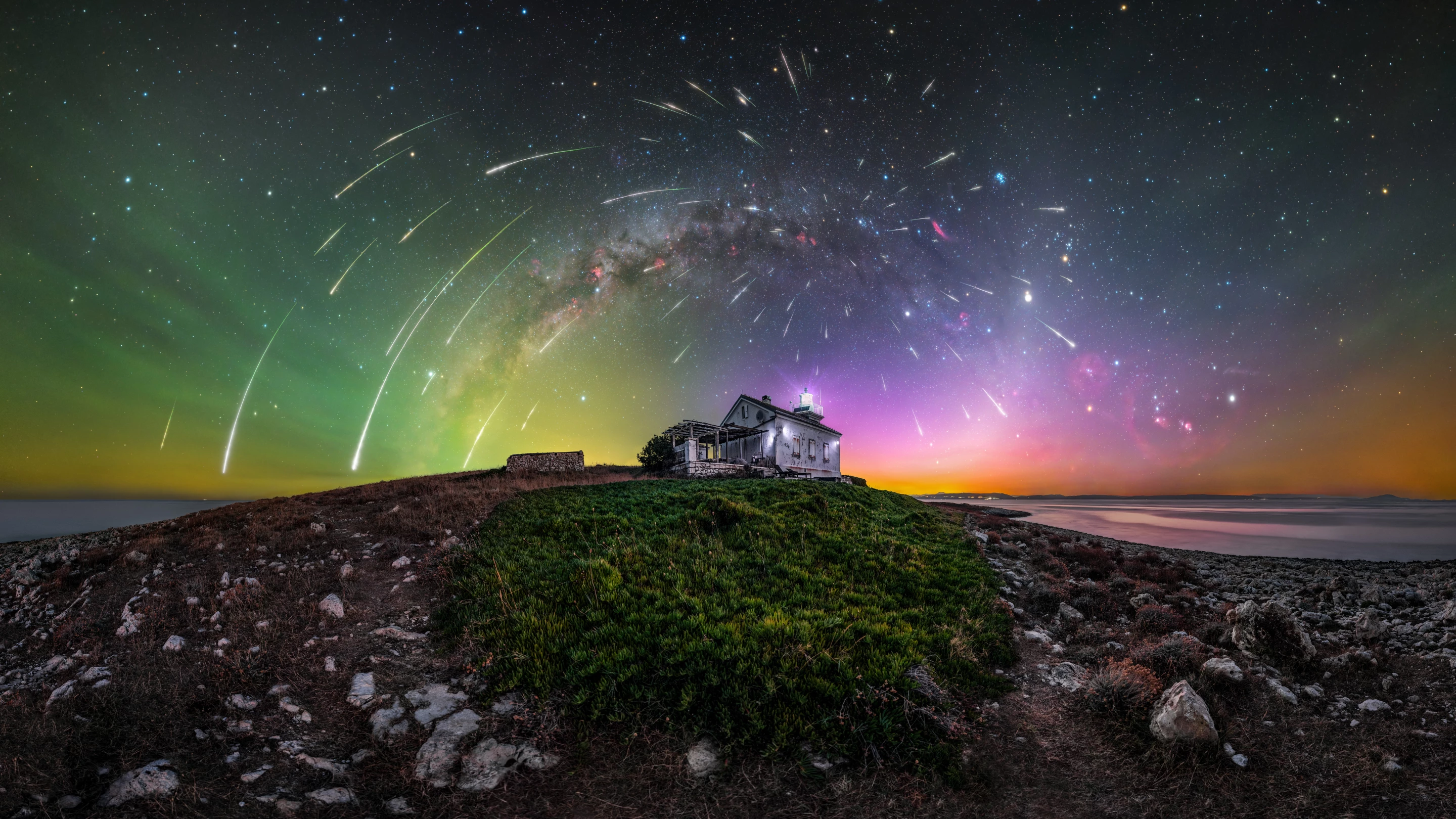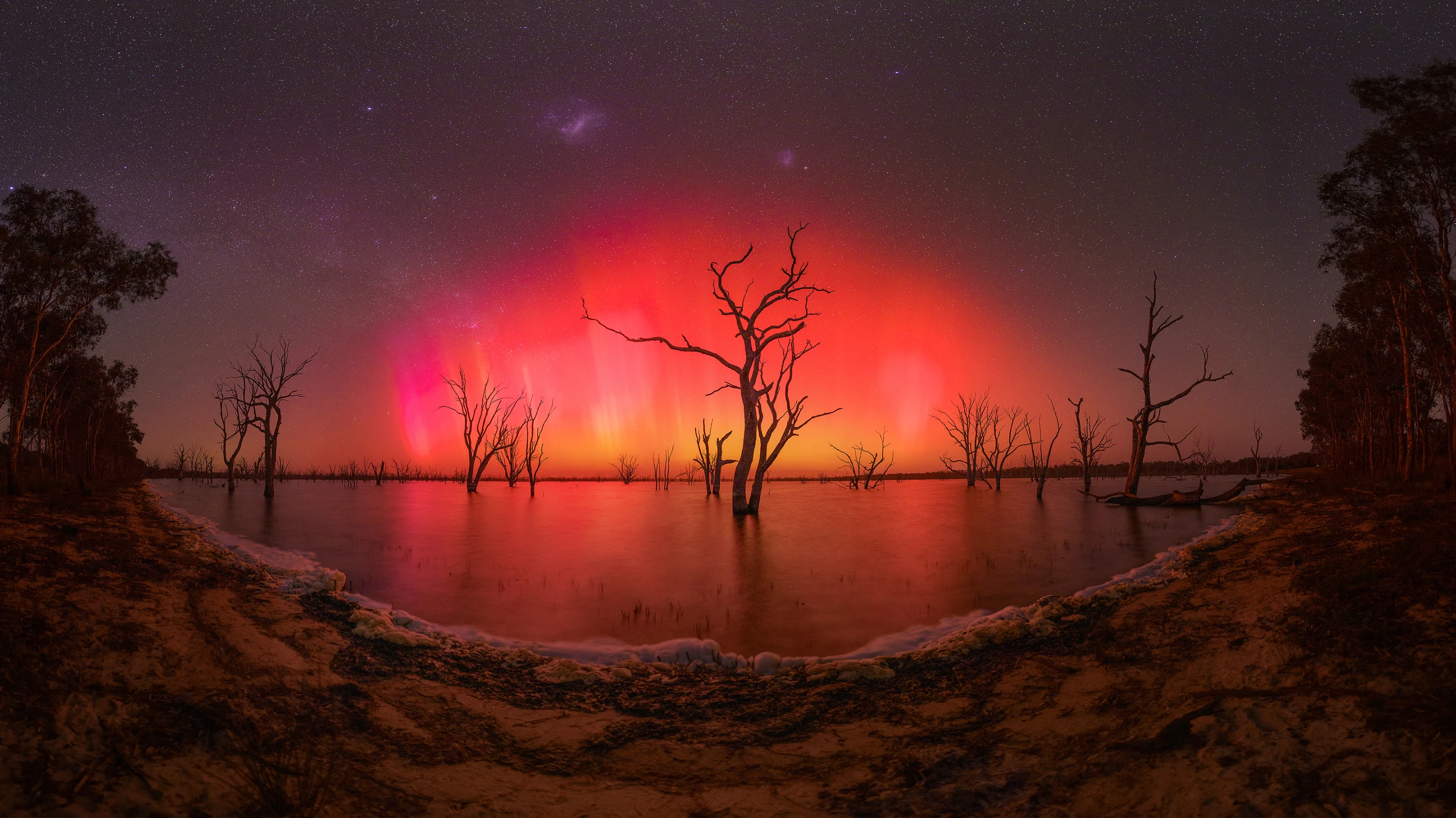The Sun is at the most active stage of its 11-year cycle, resulting in some stunning aurora visible in places it doesn’t normally reach. As expected, that means the latest Northern Lights Photographer of the Year collection captures some of the brightest and most intense light shows we’ve ever seen.
As the Sun fires off solar flares and coronal mass ejections (CMEs), it unleashes charged particles into space. When these hit Earth’s magnetic field, they’re channeled towards the poles, where some will collide with atoms in the atmosphere. The resulting cascade of excitations causes a glow that we see as aurora. When the Sun is particularly active, these northern and southern lights become brighter and more intense, and can be seen farther from the poles.
This year the Sun has gone completely bonkers, peaking almost a full year ahead of its expected schedule. A barrage of flares and CMEs in May created the strongest geomagnetic storm to hit Earth in 20 years, and some of the strongest auroras in the past 500 years, according to NASA.
It’s unsurprising then that photographers around the world captured this phenomenon. Travel blog Capture the Atlas runs an annual call-out for images of aurora – the Northern Lights Photographer of the Year – and while they’re always amazing, this latest batch features some absolute belters.

One standout is called Cosmic Explosion, captured by Uroš Fink in Istria, Croatia. The photographer explains that they were treated to a “multi-course menu” of astronomical delights, including not just aurora but the Milky Way, Zodiacal light (a glow from solar system dust), and the Perseid meteors. The fleeting encounters of the meteors were recorded with a series of cameras and reinserted together into the sky to produce the mind-blowing final image.
Magic of the North by Josh Beames captures light shows from both the sky and land side-by-side. While the aurora sparkles overhead, a volcano erupts in Iceland, blasting rivers of glowing lava down into the valley. This dramatic scene was captured by a drone, which according to the photographer barely made it back in one piece.

This year’s gallery includes entries from the UK, the United States, Canada, Germany, France, Italy, Spain, Portugal, Croatia, Latvia, Iceland, Russia, Chile, Namibia, Australia, and New Zealand. The solar maximum not only strengthened displays in regions where it’s commonly seen, but extended it to places that normally miss out.
Browse a selection of the shots in our gallery, or for the full list check out Capture the Atlas.
Source: Capture the Atlas


















